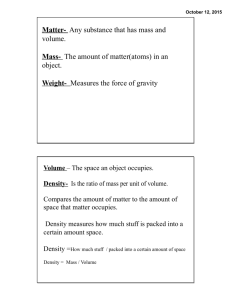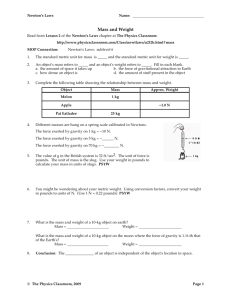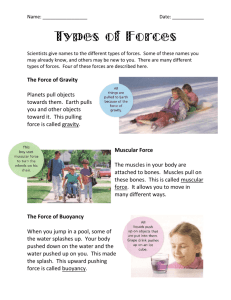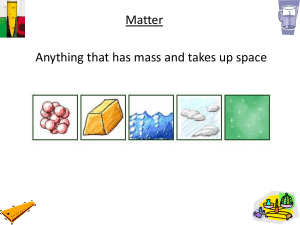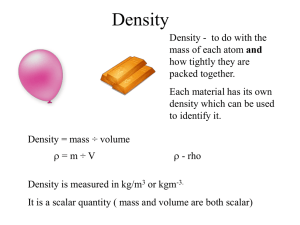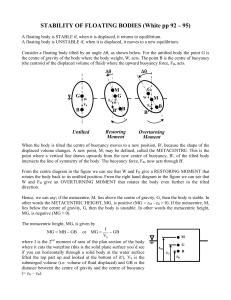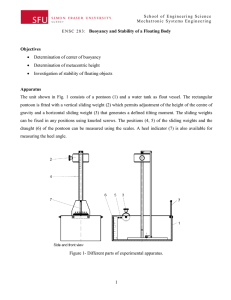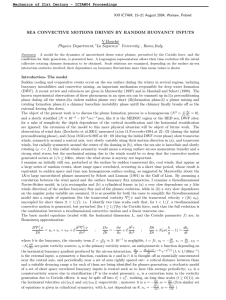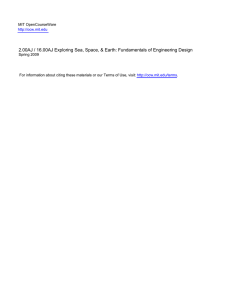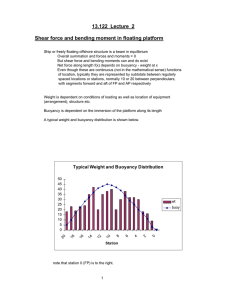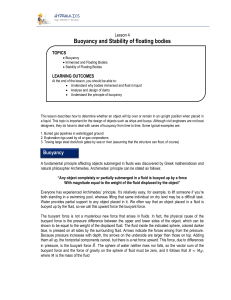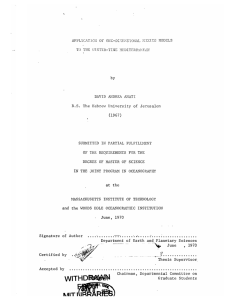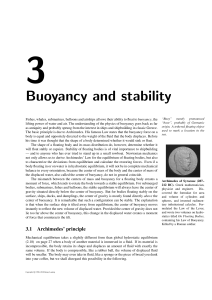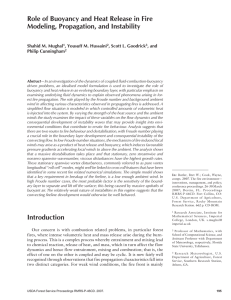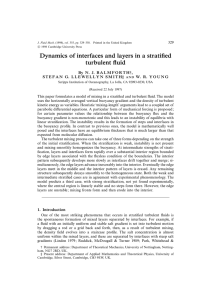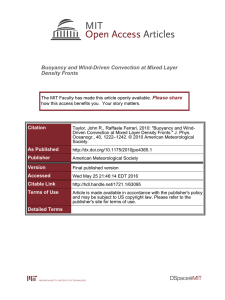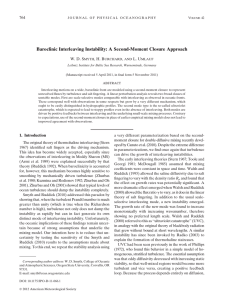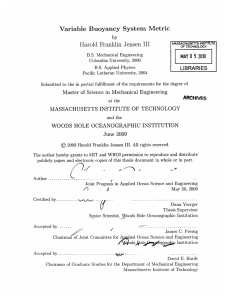Lesson 2 Notes - Bloomsburg Area School District
advertisement
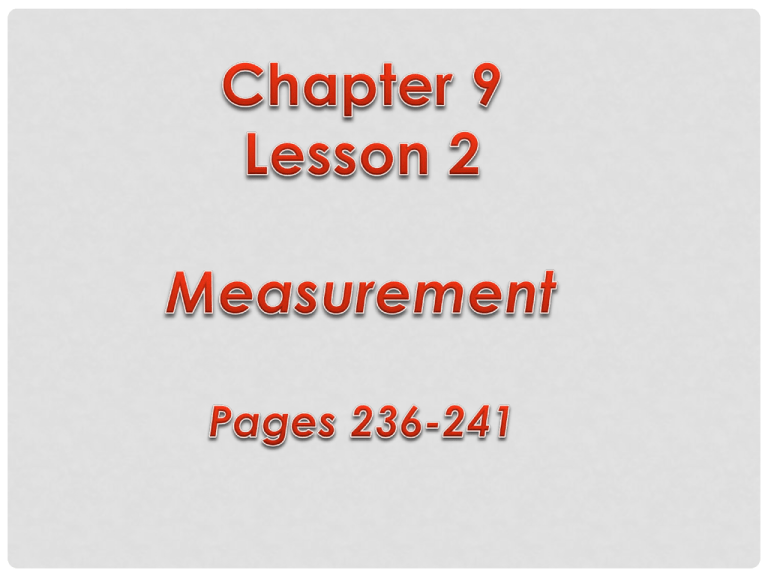
1. An inch, a mile, a pound and a gallon are standard units of measurement. 2. A system of measurement that is based on units of 10 is the metric system. 3. An object’s width is the number of units that fit across. 4. Any measurement made in square units, such as square centimeters, is a measurement of area. 5. The comparison of an object’s mass to its volume describes density. 6. To find the density of an object divide its mass by its volume. 7. An object floats when its density is less than the density of the liquid or gas into which it is placed. 8. Heated air becomes less dense; cooler, denser air forces it upward. 9. The density of water is 1 g/cm³ while the density of cork is 0.24 g/cm³. 10. The density of an object affects its buoyancy. 11. The measure of the pull of gravity from a planet on the mass of an object describes an object’s weight. 12. Ounces and pounds are the English units for weight, and the newton (N) is the metric unit for weight. 13. An object’s weight changes with gravity, but its mass stays the same. 300 pounds on Earth! 50 pounds on the moon! 14. Do you think that if a marshmallow and a marble are the same size, they would have the same mass, density, buoyancy, or volume? 14. I think they would have the same volume. If they’re the same size, they take up the same space. The marble has more mass and more density than the marshmallow. Also, I know a marble does not have buoyancy.
